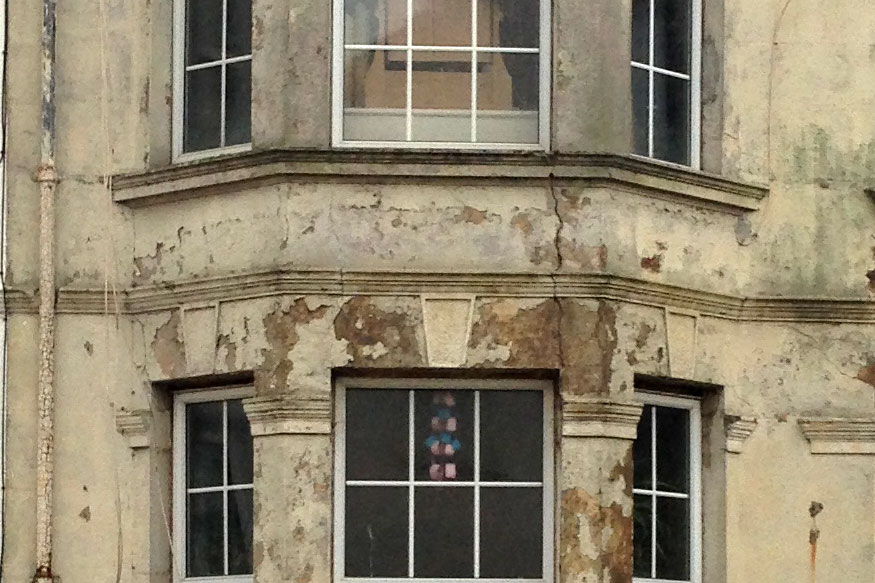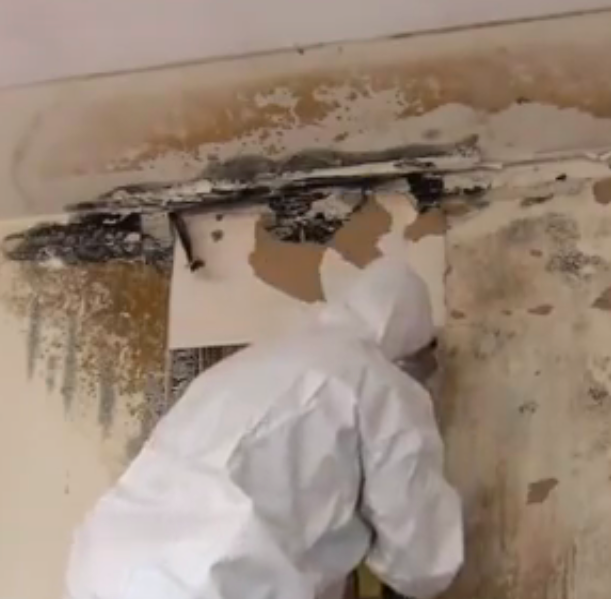 The implications of a property with indoor mold are never positive, and often lead to its depreciation. It’s important to remain wary of seen and unseen mold spots, and to know what to do if you do find any on your property.
The implications of a property with indoor mold are never positive, and often lead to its depreciation. It’s important to remain wary of seen and unseen mold spots, and to know what to do if you do find any on your property.
What are Some of the Complications of Indoor Mold?
This type of fungus has a bad reputation for good reason. Prolonged exposure to molds of all types can cause harmful side effects, and long-term health issues. Basic molds can produce spores that can lead to respiratory problems and allergies. Everyone living in an infested house is considered at risk, however, children, elderly, and immunocompromised people have a higher chance of being affected. Another factor to consider is whether your property has black mold, which is the most toxic species and should be removed as soon as possible.
What Should You Look Out For?
Mold is one of nature’s decomposers of organic matter and breaks down the proteins in building materials such as wood. It can only grow in environments with access to moisture; so attics, basements, bathrooms, crawl spaces, and other damp areas are more likely to be a problem. If you suspect your property is susceptible to mold, pay close attention to musty smells and discoloration of indoor surfaces.
What is the Process for Mold Removal?
 The first step of removing mold is finding the source of the moisture and eliminating it. For example, if a leaky roof is growing mold in the attic, the roof needs to be fixed prior to cleaning it out. Investing in a dehumidifier is another useful way to maintain a dry interior and is especially helpful for basements. After addressing the moisture source, killing off the fungus comes next. A few different solutions such as borax, ammonia, vinegar and bleach are popular for killing off mold spores. Third, proper removal of the dead mold from the affected areas will prevent later infestations. The last step is to use the same mold killing solutions to clean surfaces where you found mold and even areas that were free of mold to prevent a recurrence.
The first step of removing mold is finding the source of the moisture and eliminating it. For example, if a leaky roof is growing mold in the attic, the roof needs to be fixed prior to cleaning it out. Investing in a dehumidifier is another useful way to maintain a dry interior and is especially helpful for basements. After addressing the moisture source, killing off the fungus comes next. A few different solutions such as borax, ammonia, vinegar and bleach are popular for killing off mold spores. Third, proper removal of the dead mold from the affected areas will prevent later infestations. The last step is to use the same mold killing solutions to clean surfaces where you found mold and even areas that were free of mold to prevent a recurrence.
Is Mold Remediation Really Necessary?
Depending on the severity of the case, hiring a mold removal company is usually the best method to control the infestation. Using mold removal products may be cost-effective, but the EPA notes that if the area in question is larger than ten square feet, hiring a mold remediation contractor may be necessary. For example, these experts contain their work areas with negative air pressure HEPA air purifiers in order to prevent cross contamination of spores. They also use EPA certified products to remove and protect against possible issues later down the road.
A mold remediator will also take the extra steps necessary to make sure they have removed all of the mold from the property, which may extend to cleaning other areas such as your HVAC system. This is what makes the difference between hiring a professional service and having a homeowner trying to address the issue on her own. Furthermore, a professional can also advise the homeowner about how to prevent mold colonies from infecting the home in the future.
Looking for contractors in your area, please visit our directory of the best mold removal companies.

